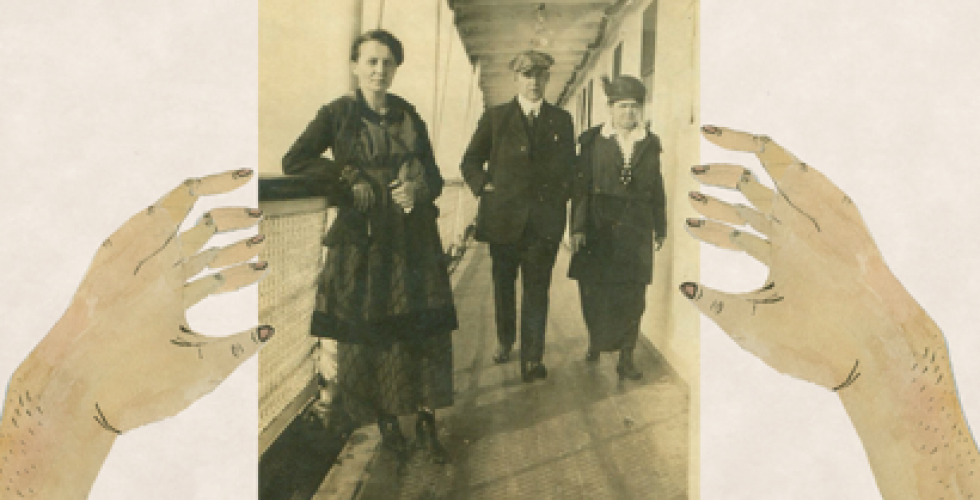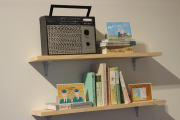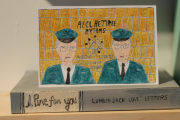When I was asked last year to be Concordia’s Visiting Artist in Residence and teach a drawing class of my own design, my first impulse was to model and structure the class after my favorite drawing class from my own undergraduate degree. It was 15 years ago that Professor Sharon Alward, my favorite teacher from the University of Manitoba, divided her class into 4 chapters each addressing a broad theme: Sex, Love, Death and God. I remember very few specifics about the class - only that it was my favorite and that Professor Alward had cast a spell, allowing each of us to feel like our work fit into an undisputed history that addressed a universal audience. But as I began my own “universal themes and drawing” class, the realization that I am not especially acquainted with sex, love, death or god dawned upon me with enormous humility. Gradually, I became more comfortable with my role as a teacher and relieved when the talented students began to lead their own deep investigations for themselves and steer the education of the class.
The work presented in HEIRESS emerged very organically out of our class under the umbrella of the theme of one of the broad chapter headings. The three artists each created projection performances/slide shows that blended their respective cultural and family heritage with politics, archival images, personal memoir and fantasy in an effort to explain our present predicaments and gauge the temperature of the future.
Emma Kate Guimond came to my class with a background in contemporary dance and used her body to perform in dense, cartoon, projected vignettes. Guimond first presented what kinda face mamma? under the umbrella theme of “Love”. In this multi-layered piece, Guimond weaves various Goddess myths from her personal reservoir of experience (like the story of her allergic reaction to her mother’s milk) with those channeled from the collective unconscious.
In Northern Onterrible, Kerri Flannigan uses a projector to skillfully shift between a bittersweet coming of age tale, educational folk history and a sordid and awkward documentary. Originally presented at our “Death” critique, Flannigan’s monologue is inspired by her childhood passage between a half dozen Northern Ontario homes. The artist collages a portrait of her family’s daunting passage to and from Canada in the 1930s and exposes the mythological foundations of the idyllic small town and the concept of “home”.
Like Flannigan, Kandis Friesen’s live slideshow lecture is simultaneously a family album, a research paper, an archival documentary, and a reflection on death. Friesen questions her various, experiential interpretations of death and dying: the death of a Manitoban neighbourhood through gentrification, the loss of a homeland and refugee living, memorial and migration, lost cemeteries, physical trauma, healing, and the process of mourning. Death: The Architecture Of Dying and The Geography Of Loss is an attentive and generous meditation on nostalgia and loss from the perspective of an artist who desperately wants to effect positive social change.
Each of the artists in this exhibition has expanded upon her original performance work to create an installation for the articule gallery. I am honoured to introduce these three emerging artists to a Montreal audience. I am certain that this will be an important addition to articule’s program – one that will have an impact and be remembered.
Text by Daniel Barrow
Special projectsParticipating Artists:
Curator(s):
Credits: Image top : Emma-Kate Guimond danielbarrow.com










